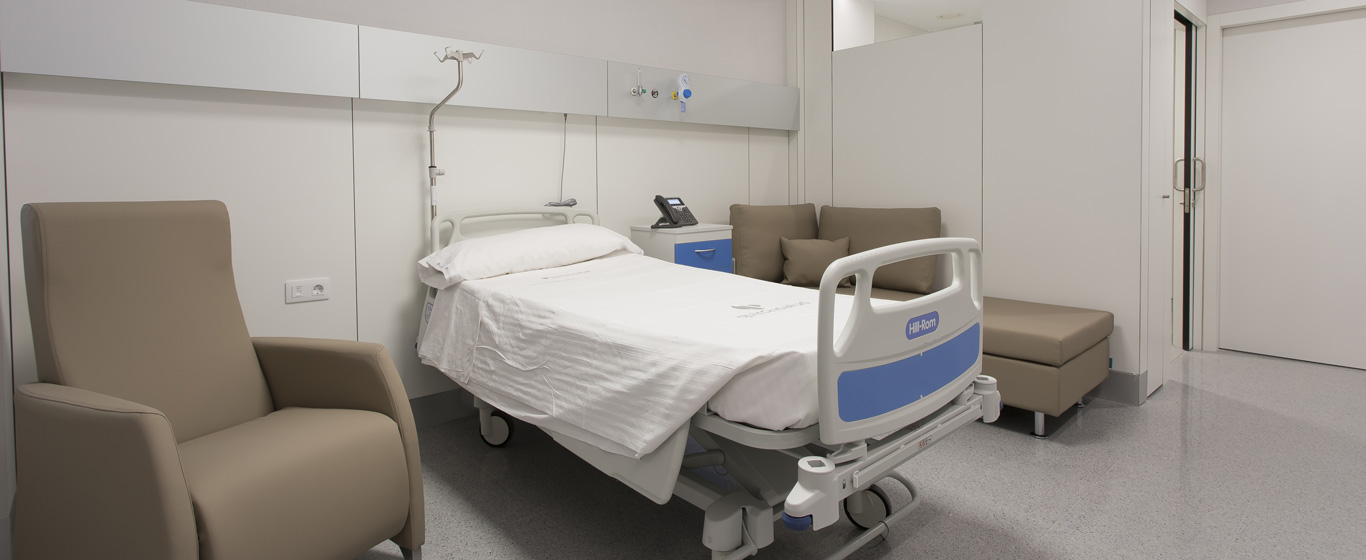Positron Emission Tomography (PET) Scan of the Brain
The brain PET allows the visualization of brain tissues and the assessment of their functioning. This non-invasive diagnostic test uses low amounts of radiation to obtain precise images from various angles.

General Description
Brain PET, or positron emission tomography of the brain, provides images of the brain tissues and, unlike computed tomography (CT) or magnetic resonance imaging (MRI), also shows its function. Brain positron emission tomography is used both to diagnose pathologies and to monitor the effectiveness of treatments for certain diseases.
For this test, a radiotracer (a pharmacological substance with a minimal amount of radiation) is administered, which acts as a contrast compound that allows the scanner to detect areas with higher cellular activity. In the field of neurology, methionine (C5H11NO2S) is often used because it responds better to brain tumors, 18F-DOPA (C9H10FNO) contributes to detecting signs of Parkinson's disease, or 11C-PIB (C14H12N2OS) helps track the effectiveness of Alzheimer’s treatments.
When is it indicated?
A brain PET is recommended for individuals with symptoms associated with a brain tumor or neurodegenerative diseases such as Parkinson's or Alzheimer's (it detects the presence of beta-amyloid protein, one of the first signs of the disease). It is also indicated for monitoring patients undergoing treatments to cure or slow the progression of these diseases. Additionally, it helps localize epilepsy foci and is used in studies of various psychiatric diseases.
In recent years, positron emission tomography has been used to detect the decline in brain activity caused by depression.
How is it performed?
To begin, the radiotracer is administered, usually through an injection into one of the veins in the arm. To ensure the drug reaches all brain tissues, one must wait about an hour before starting the scan.
After this waiting period, the patient lies on a bed that is slowly inserted into the tubular scanner to image the brain. It is necessary to stay as still as possible to ensure clear images, although in cases evaluating memory, some questions may need to be answered.
Risks
Brain PET does not pose a health risk, as the radiation used is minimal. However, it is advised to discard breast milk produced in the 24 hours following the administration of the radiopharmaceutical, and pregnant women should seek an alternative test, as the effects on the fetus may be more significant.
What to expect from a PET
The brain PET is performed on an outpatient basis, so it is not necessary to stay in the hospital before or after the procedure. It is recommended to wear comfortable clothing and avoid metallic objects, as they need to be removed before entering the testing room. The medical center typically provides a gown. To proceed with the test, informed consent must be signed.
Upon arrival, the radiopharmaceutical is injected, and the patient must wait for one hour for it to take effect. The test itself lasts between 20 and 30 minutes. The results are provided during a follow-up consultation with a neurologist a few days later.
The scanner that takes the images is a narrow tube, so patients should be prepared to stay inside without moving for the required duration. Unlike CT scans, the device does not emit any loud noises that may be bothersome. Apart from the initial needle prick, the brain PET is not a painful test.
After the exam, it is advisable to drink plenty of water to help eliminate the radiotracer more quickly. In the hours following the PET scan, it is recommended to avoid contact with pregnant women and children.
Specialties that request a brain PET
Nuclear medicine specialists, oncologists, and neurologists are the professionals who typically request a positron emission tomography scan to study the brain.
How to prepare
On the day of the test, it is not recommended to engage in physical exercise, and in most cases, patients should fast for about six hours.
While chronic medication can be taken with a small amount of water, diabetic patients receiving a radiotracer with glucose should stop taking Diamben or Metformin, but insulin may be injected in the early morning depending on blood glucose levels.





























































































